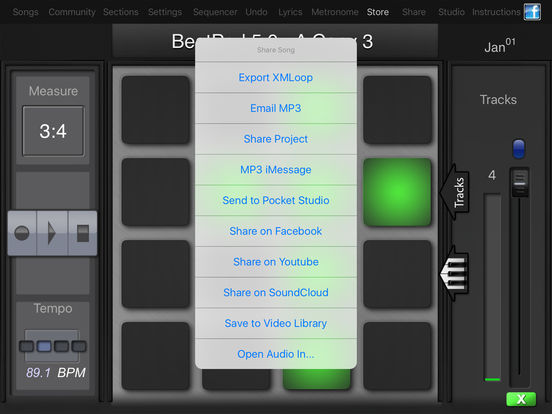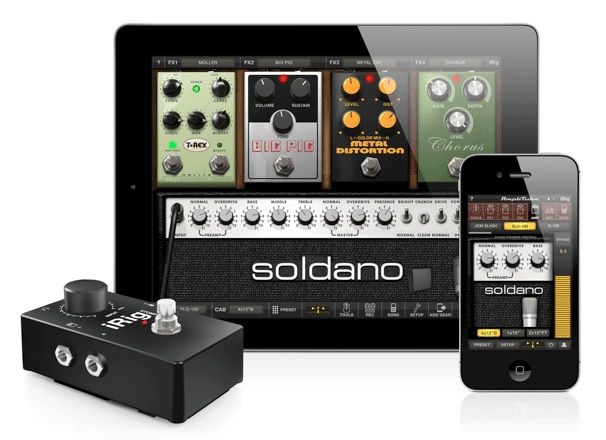

SampleTank 3 is the most advanced sound workstation available, with over 33 GB of instruments - over 4000 sounds in 21 categories, plus 2500 drum, percussion and construction kit loops, and over 2000 MIDI patterns. iRig Keys PRO + SampleTank 3 is the ultimate combo for music creation, combining the features of the best-selling iRig Keys PRO with SampleTank 3, the latest version of IK's flagship music production software. Buy together and save!Ī powerful combination for serious musicians - and an amazing value. Includes iRig KEYS PRO 37-note keyboard MIDI controller and Sample Tank 3 virtual instrument software for Mac/PC. Recorders, Classroom & Plastic Instruments.Signal Processors, Converters & Preamps.Unless you’re comfortable with some coding-like effort, stick with controlling gear using an app like Camelot Pro (which can include controlling auv3-based synths on the iPad), and control Camelot Pro in turn from your midi pedal (this isn’t hard at all).Īgain, I think you’ll get the best results using “outboard” (hardware) audio processing tools for your guitar, and controlling them from the iPad linked to your midi pedal. That said, I am trained as a software engineer, so this was challenging (mostly the debugging) but not impossible. I “programmed” this with a few lines of “translators” in the BomeBox.

For example, the keys on my Softstep pedal AND the slow/fast controls on my YC61 keyboard BOTH control the speed of the Leslie effect on my Strymon Mobius pedal. I use the BomeBox to “translate” between the midi produced by my control pedal and other devices, and the midi understood by my keyboards, iPad apps and tone generators.

The key is avoiding round trips for audio signals through the audio interface and the iPad in a live situation. I would use the iPad as a control device and to play softsynths, and stick with hardware (midi-controlled foot pedals like Strymon Mobius, Line6 Helix and Hotone Ampero, etc) for processing your guitar tone. Auv3 plug-ins are excellent tools for tracking (recording) and mixing, but will introduce unacceptable latency in the round trip (guitar to audio interface to iPad to amplifier) and unreliability for live use with the current level technology. That said, my intuition as an engineer is that you will get better results if you rely on “outboard gear” (traditional guitar pedals) for processing your guitar sounds. I use a 2018 iPad Pro - your results may not be as good if you have a less capable iPad. Using a USB hub, you can connect both one audio interface (a device that will digitize the audio from any analog instrument and inject it into an iPad or computer, then reproduce the processed audio in analog format) and multiple Midi devices to the iPad.


 0 kommentar(er)
0 kommentar(er)
